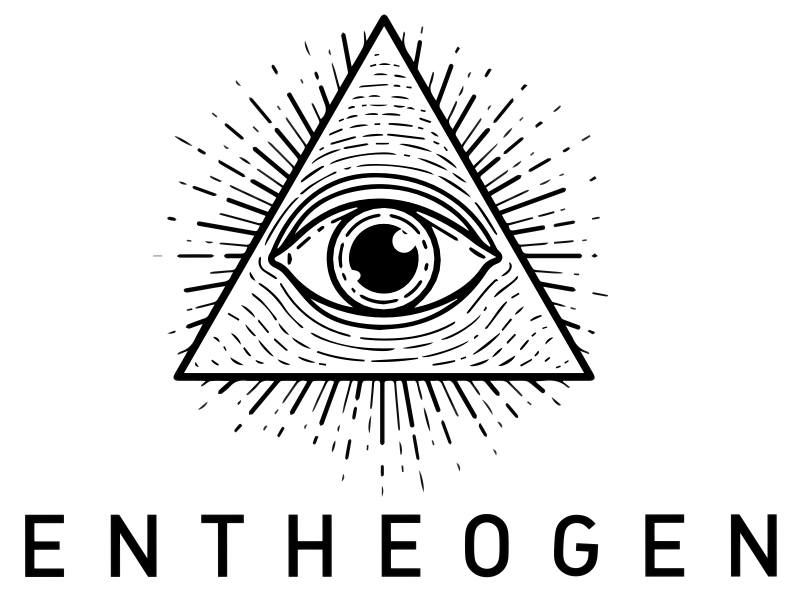This is Entheogen. Talk about tools for generating the divine within.
Today is January 7, 2016, and we are discussing A New Understanding: The Science of Psilocybin.
Find the notes and links for this and other episodes at EntheogenShow.com. Sign up to receive an email when we release a new episode. Follow us @EntheogenShow on Twitter and like EntheogenShow on FaceBook. Thanks for listening.
We discussed this film and interviewed its producer, Robert Barnhart back in August 2015 before the film’s release. Since then, the film has been released and you can rent or buy it on online. We’ve all had a chance to watch it again and we wanted to reflect on our impressions of the film.
We’ll start with a quote from Alex Grey:
"A New Understanding: The Science of Psilocybin puts an original face on psychedelics. Not the typical faces in the media of delusional drop-outs associated with drugs, but the faces of normal Americans, some suffering from the final stages of terminal cancer. After one dose of psilocybin the face of joy, relief and peace is nothing short of miraculous. A medical mystical miracle is in our midst, and this film beautifully describes the facts! Bravo to Robert Barnhart and all the production team, the courageous chemists, doctors and patients who are helping our society re-evaluate Psilocybin as a medicine for the Soul." ~Alex Grey
Hofmann discovered LSD, creating the modern psychedelic movement; not many people know he also isolated and synthesized psilocybin, the active compound in magic mushrooms.
Shutting down of research. Schedule 1. “No medicinal value, addictive”
Kevin purports that Maria Sabina had given Albert Hofmann an “academic boner” over his successful synthesis of the active alkaloid in her magic mushrooms, psilocybin.
“Throughout history, people have been able to have this mystical experience. The drug is a reliable way of getting one, but it's not about the drug, it's about the experience.” - Anthony Bossis
Ann Levy’s son’s eulogy for her
How does the experience help you confront death?
“We’re all star stuff.” - Carl Sagan
Bill Richards: 6 basic categories of a "core religious experience":
1. Unity
2. Transcendence of time and space
3. Noetic / intuitive knowledge
4. Sense of sacredness / awesomeness
5. Deeply felt positive mood / joy / peace / love
6. Ineffability / paradoxicality (difficult to put into words)
Psilocybin and LSD as aphrodisiacs
Why not? Why can’t we provide the relief these treatments offer?
Brad: “word.”
Wikipedia: List of Schedule I drugs and Schedule II drugs
Rent or buy the film on Vimeo
When you rent you can also watch DMT The Spirit Molecule
The film’s website has a convenient “who’s who” of psychedelic researchers on the participants tab, with names, titles and photos, and a short bio when clicked


